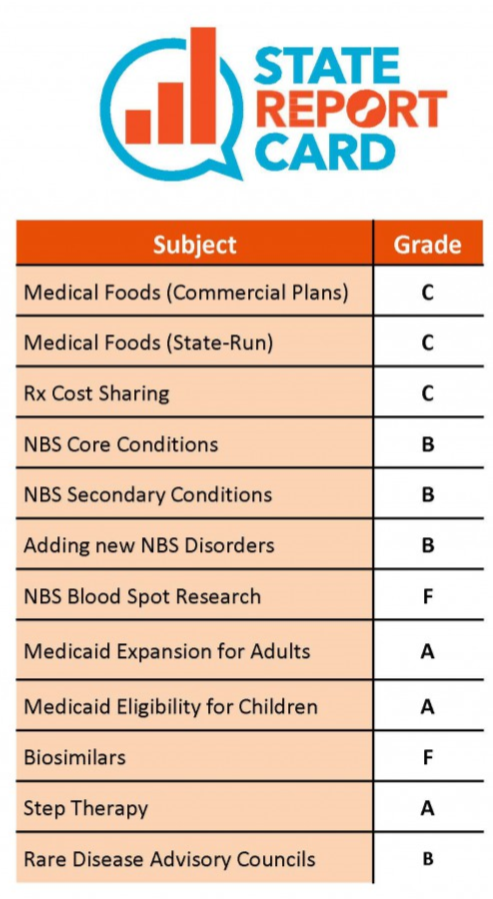New Haven, Bridgeport at Bottom of Ranking for Disability-Friendly Cities
/Connecticut’s two largest cities are not particularly hospitable for individuals with disabilities, according to a new national analysis. New Haven and Bridgeport are at the bottom of a list of 182 cities that were included in the review, released this month to coincide with National Disability Employment Awareness Month
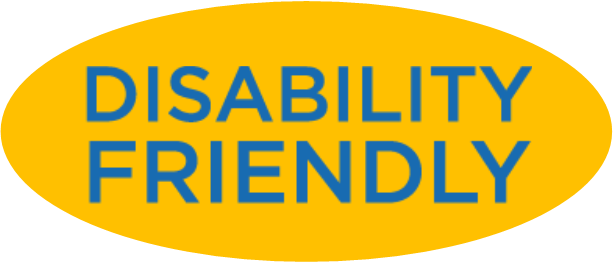 The personal-finance website WalletHub compared the largest U.S. cities – including at least two from each state - across 31 key indicators of disability-friendliness. The data set ranges from wheelchair-accessible facilities per capita to rate of workers with disabilities to quality of public hospital system. The 31 indicators were grouped into three categories: Economy, Quality of Life and Health Care.
The personal-finance website WalletHub compared the largest U.S. cities – including at least two from each state - across 31 key indicators of disability-friendliness. The data set ranges from wheelchair-accessible facilities per capita to rate of workers with disabilities to quality of public hospital system. The 31 indicators were grouped into three categories: Economy, Quality of Life and Health Care.
The report on 2018’s Best & Worst Cities for People with Disabilities placed New Haven at the bottom of the list, and Bridgeport just two positions higher. They were the only Connecticut cities evaluated in the analysis.
According to the Centers for Disease Control and Prevention, one in four U.S. adults, or 61 million total, have a disability that impacts their major activities. And among Americans age 65 and older, that number rises to two in five. In 2017, nearly 5.7 million people with disabilities were employed.
New Haven, which ranked number 182 overall, ranked 180 in Economy, 134 in Quality of Life and 173 in Health Care. Bridgeport, just above New Haven at number 179 in the overall ranking, placed 164 in Economy, 128 in Quality of Life and 163 in Health Care.
WalletHub analyst Jill Gonzalez explained that among the metrics dragging down New Haven's overall ranking was the second lowest employment rate for people with disabilities, at 71.03 percent. This refers to the civilian non-institutionalized population aged 18-64 in the labor force. Other areas where New Haven ranked poorly, Gonzalez pointed out, were the share of people with disabilities living in poverty, which is almost 37 percent, and the relatively low number of family doctors and general practitioners per capita.
Bridgeport ranked as the fourth worst city for people with disabilities. One of the issues driving the ranking, Gonzalez said, was similar to New Haven's - a low employment rate for people with disabilities, at 74.28 percent. The other issues are mostly related to the quality of life.
 “Bridgeport has one of the lowest number of wheelchair accessible art, entertainment and recreational establishments per capita, and a large number of older buildings with little to no access for disabled residents," Gonzalez said.
“Bridgeport has one of the lowest number of wheelchair accessible art, entertainment and recreational establishments per capita, and a large number of older buildings with little to no access for disabled residents," Gonzalez said.
The analysis found that only Detroit had a lower employment rate for individuals with disabilities that New Haven. On the overall list, Providence, RI was just one notch above New Haven, at the bottom of the rankings.
The cities ranked at the top of the list were Overland Park, KS; South Burlington, VT; Sioux Falls, SD; Scottsdale, AZ; Columbia, MD; San Francisco; Rapid City, SD; St. Louis, MO; Bismarck, ND; and Grand Rapids, MI.
Data used to create this ranking, according to WalletHub, were collected from the U.S. Census Bureau, Bureau of Labor Statistics, Department of Housing and Urban Development, Council for Community and Economic Research, Centers for Disease Control and Prevention, National Center for Education Statistics, Centers for Medicare & Medicaid Services, Trust For Public Land, Genworth Financial, United Cerebral Palsy, WalkScore, Yelp, Rails-to-Trails Conservancy, Affordable Housing Online, Kaiser Family Foundation, Eligibility.com, Redfin and WalletHub research.






 A System of Professional Endorsement is Improving Connecticut’s Workforce
A System of Professional Endorsement is Improving Connecticut’s Workforce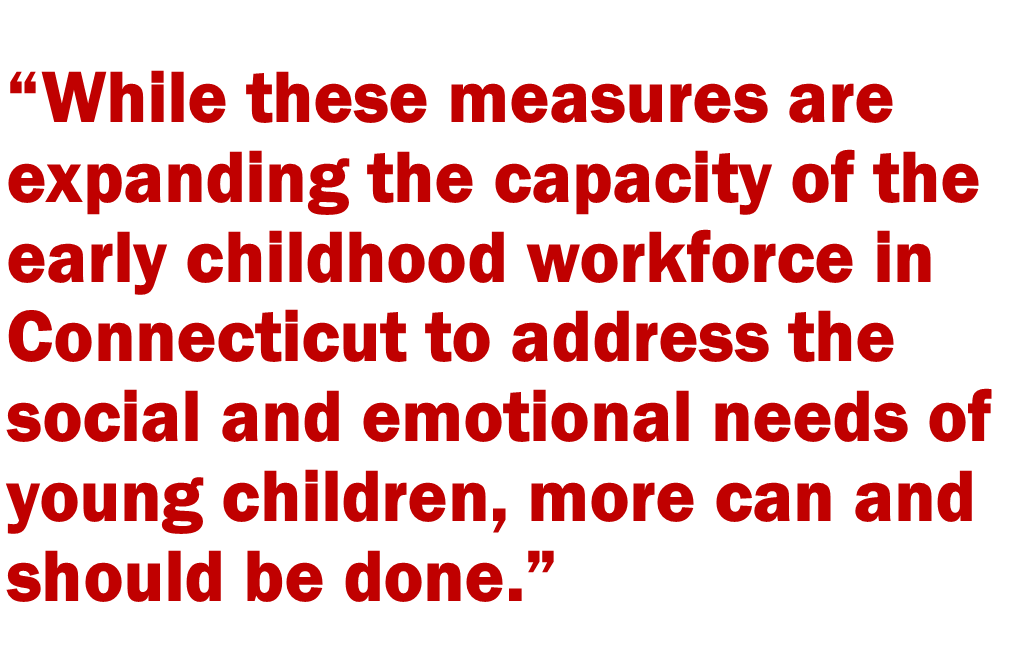
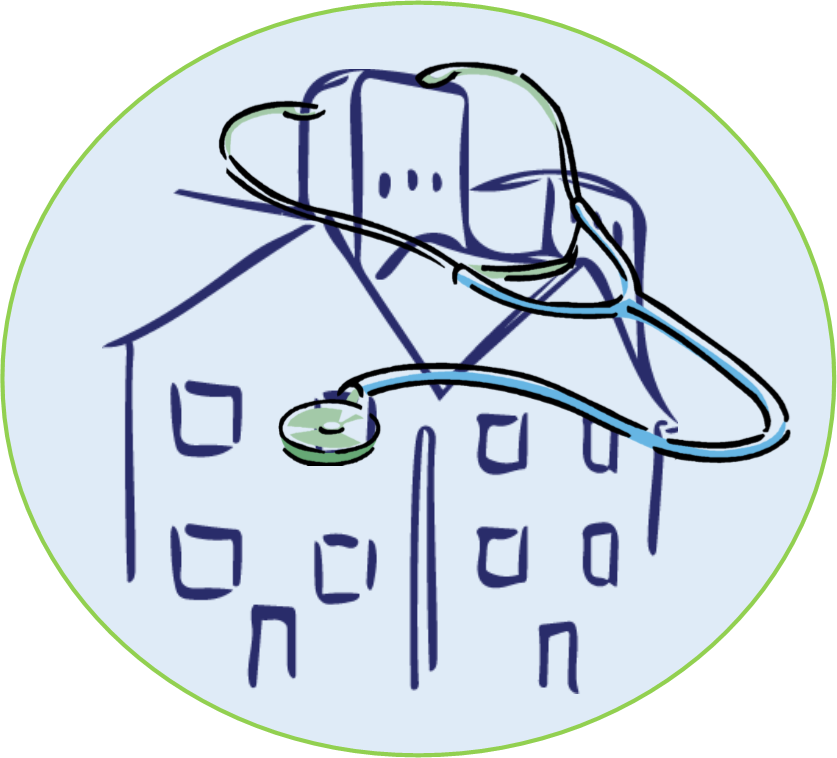

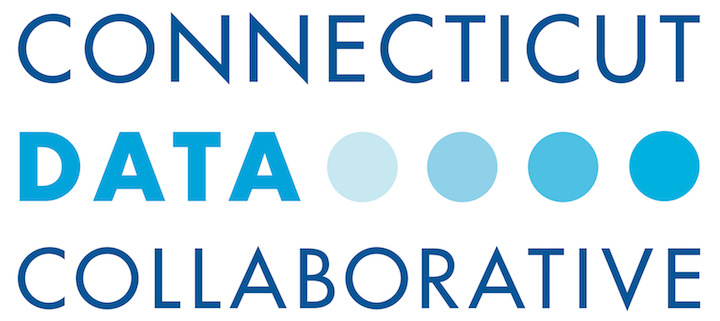 The
The 
 components of the overall score.
components of the overall score.
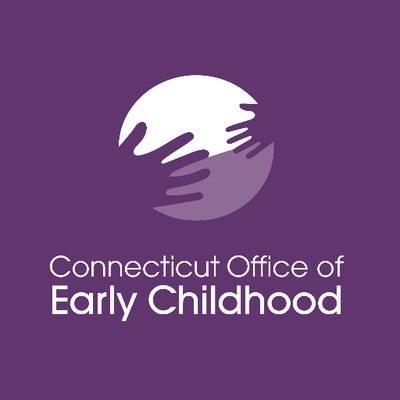
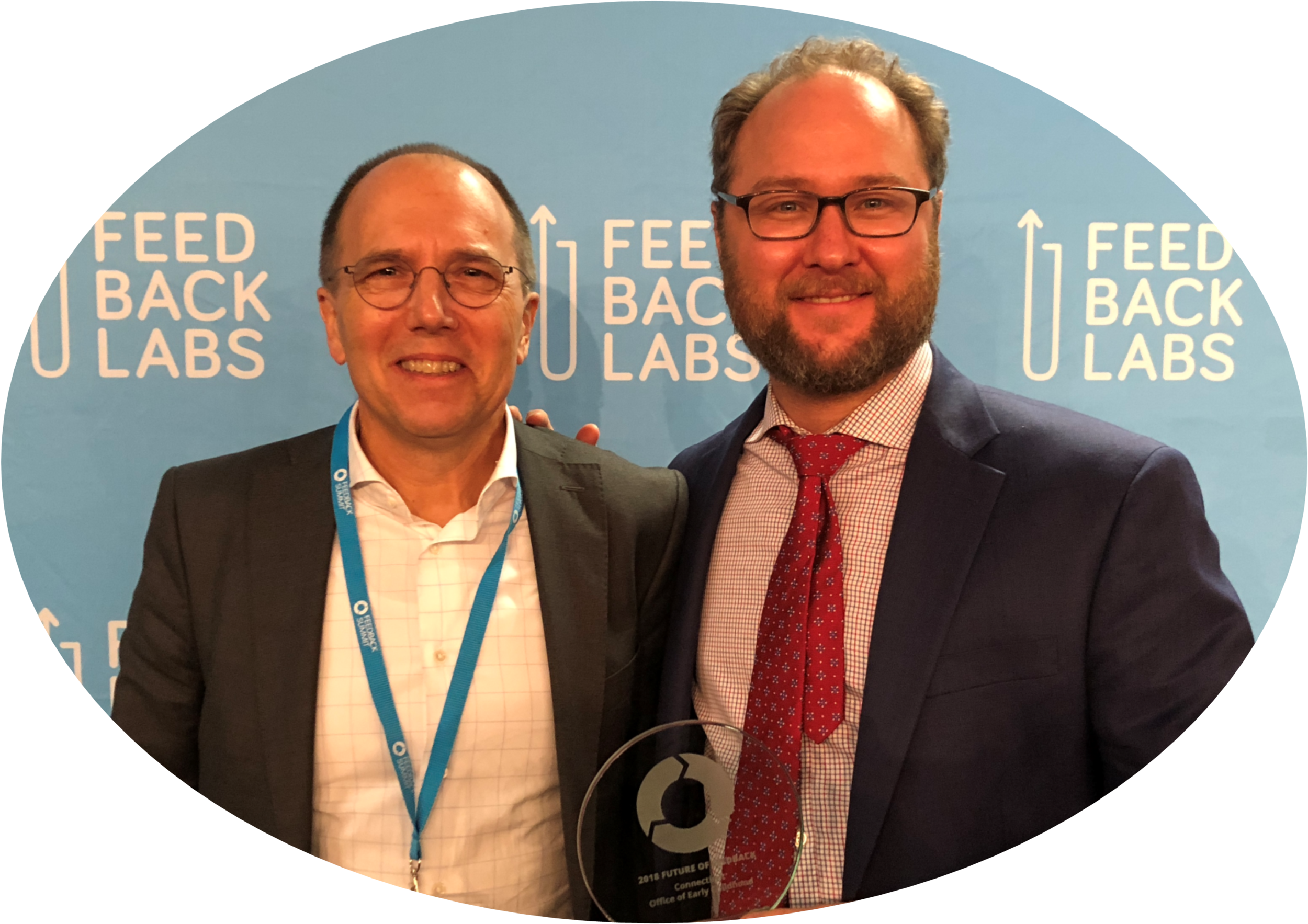 Among the 10 largest state agencies in Connecticut, OEC’s goal is to keep the state’s children safe, healthy, learning and thriving. Through its innovative feedback efforts, the agency is acting on evidence that engaging providers and parents in policymaking yields better results. Officials said that the agency combined data from 1,700 family surveys, another survey shared with all providers in the state, and 400 community and provider meetings in order to build a draft plan to transform the ECE system in the state, which serves 200,000 children.
Among the 10 largest state agencies in Connecticut, OEC’s goal is to keep the state’s children safe, healthy, learning and thriving. Through its innovative feedback efforts, the agency is acting on evidence that engaging providers and parents in policymaking yields better results. Officials said that the agency combined data from 1,700 family surveys, another survey shared with all providers in the state, and 400 community and provider meetings in order to build a draft plan to transform the ECE system in the state, which serves 200,000 children.




 One of the most common ways lawmakers in marijuana states have attempted to address traffic safety concerns is to establish an impairment threshold for marijuana, a ‘per se’ standard for it, (similar to the 0.08 BAC standards in every state for alcohol).
One of the most common ways lawmakers in marijuana states have attempted to address traffic safety concerns is to establish an impairment threshold for marijuana, a ‘per se’ standard for it, (similar to the 0.08 BAC standards in every state for alcohol). To assist patients who find themselves in this difficult situation, several states have passed legislation mandating a limit on out-of-pocket costs for medications. These limits can be applied in different forms, such as a per-drug cap or by mandating a copay-only structure in certain health plans. Those are just some of the areas of particular interest to
To assist patients who find themselves in this difficult situation, several states have passed legislation mandating a limit on out-of-pocket costs for medications. These limits can be applied in different forms, such as a per-drug cap or by mandating a copay-only structure in certain health plans. Those are just some of the areas of particular interest to 